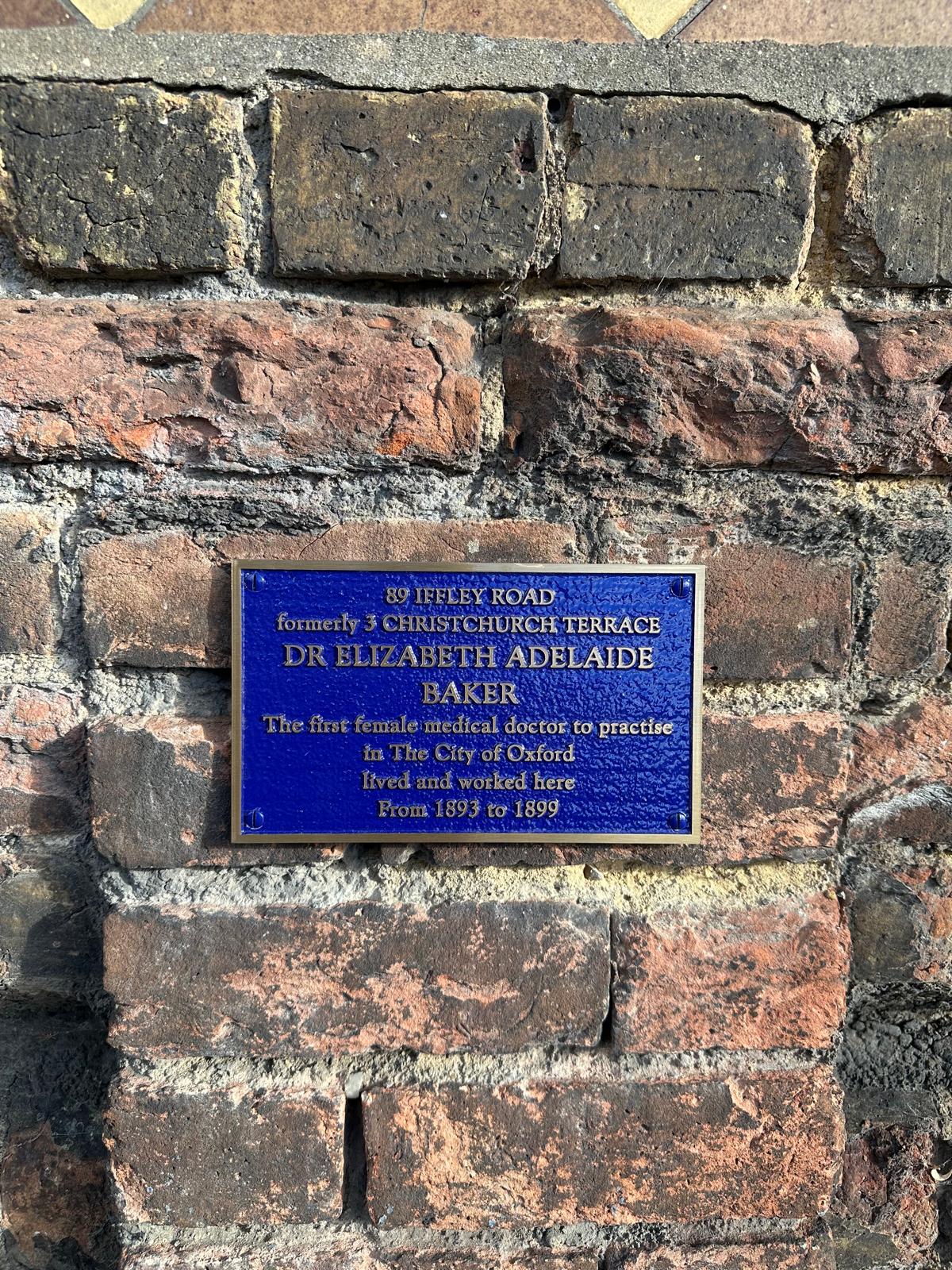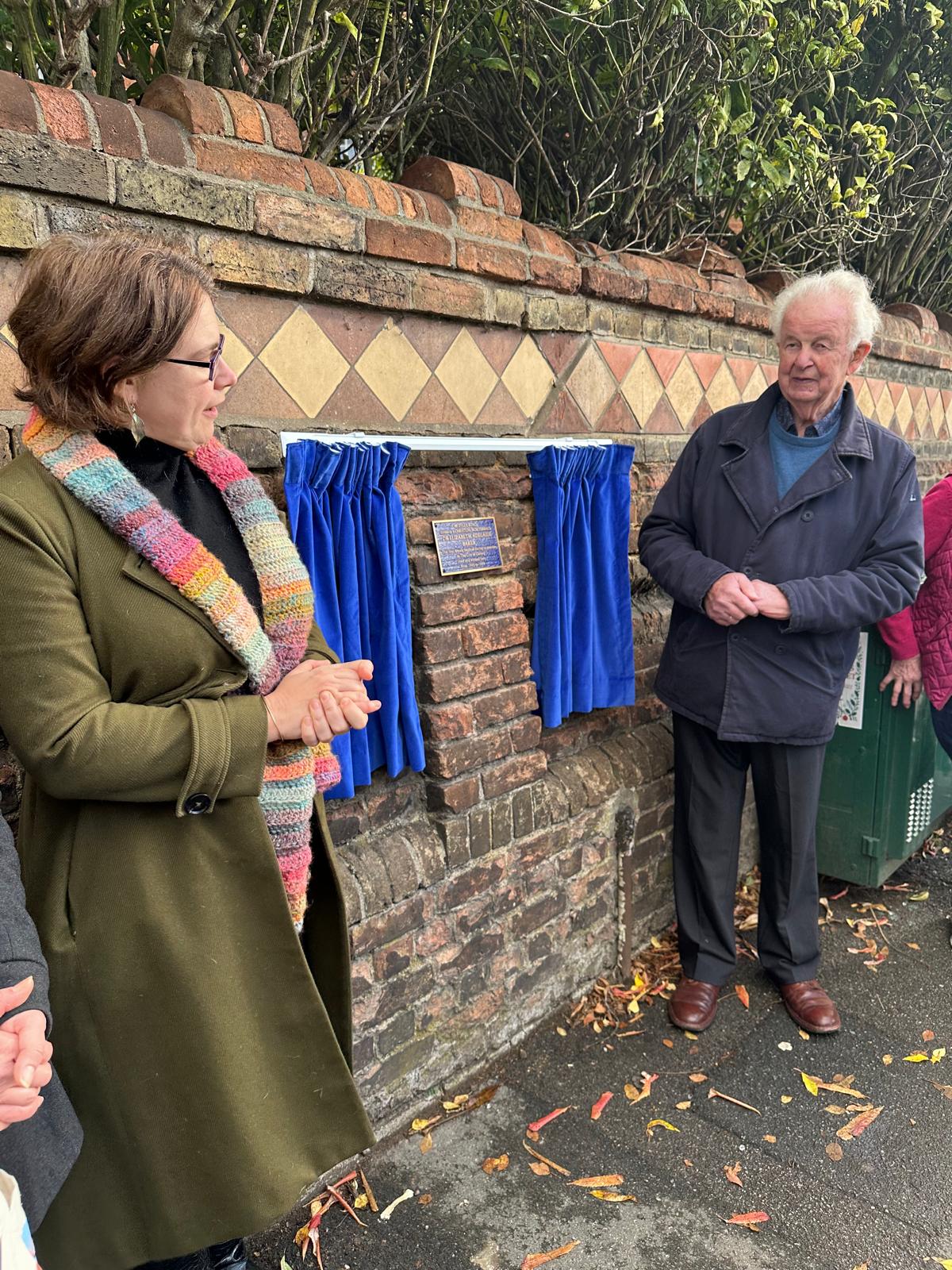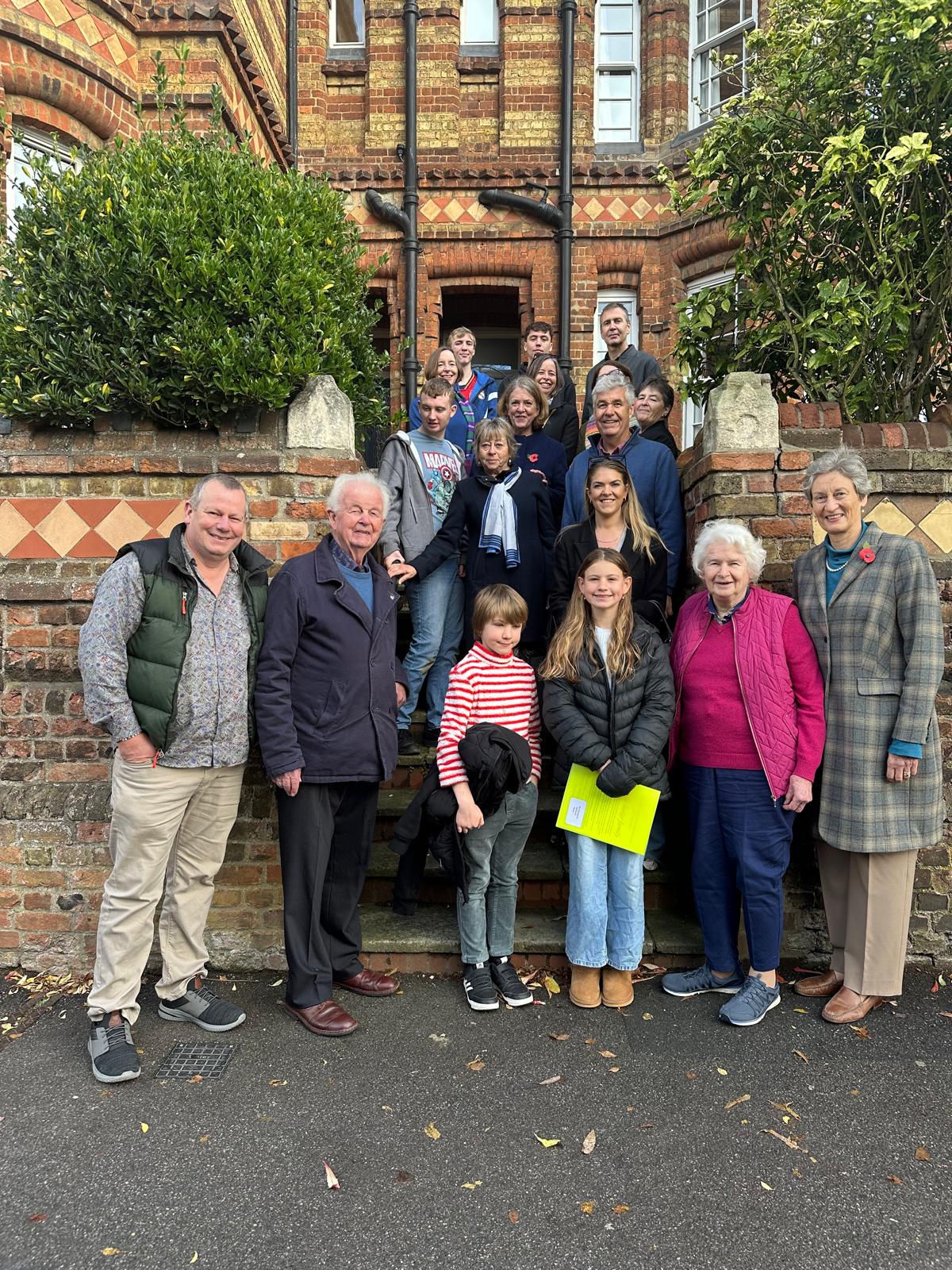
This Saturday, St Hilda’s College will unveil a blue plaque on one of its buildings in memory of Dr Elizabeth Adelaide Baker, an early woman medical practitioner who lived and worked near the College at the end of the nineteenth century. Her story links local history with the broader struggle for women’s acceptance in the medical profession.
Elizabeth Baker was born in 1872 in the Orange Free State, South Africa, where her parents, George and Adelaide Baker, were Methodist teachers. The family later settled in Oxford, living at 293 Iffley Road.
Baker studied medicine in Scotland at a time when opportunities for women were still restricted. She trained at the Medical College for Women in Edinburgh and qualified in 1892 through the Triple Qualification, which allowed her to register as a medical practitioner with the Royal Colleges of Physicians and Surgeons of Edinburgh and Glasgow.
She returned to Oxford and lived at 3 Christ Church Terrace, Iffley Road, close to the newly founded St Hilda’s College. She was known locally for cycling around the city, reportedly on a ladies’ bicycle presented to her by William Richard Morris (later Lord Nuffield), who lived nearby.
Her later medical work took her to Sheffield, the Orkney Islands and Rotherhithe in London, where she worked at the Lady Gomm Memorial Hospital until her death in 1928.

In 1897, Baker applied for Fellowship of the Royal College of Physicians and Surgeons of Glasgow. Although already a licentiate through the Triple Qualification, her application was rejected. The College argued that women were not eligible because its founding charter referred to its members as “gentlemen” and “brethren.” The decision reflected the institutional views of the period, which continued to limit women’s professional advancement even after they were legally permitted to qualify as doctors.
The blue plaque forms part of Historic England’s National Blue Plaque Scheme. It identifies a person of note, records her address and occupation, and links these to the wider historical context of Oxford. The scheme encourages reflection on how the past has shaped the opportunities and constraints experienced by women in medicine and in professional life more broadly. Baker’s story represents both progress and limitation. She qualified and practised medicine when few women did, yet her attempt to gain Fellowship shows how formal barriers to advancement remained.
Baker’s residence near St Hilda’s College coincided with the early years of women’s higher education in Oxford. Her professional career and the College’s foundation belong to the same period of gradual social change. The plaque provides a local point of connection between these developments and contributes to the broader understanding of the city’s educational and social history.

